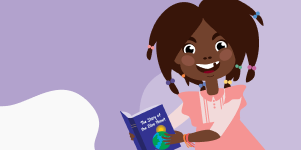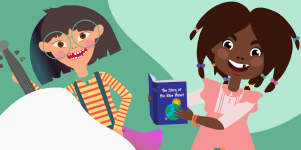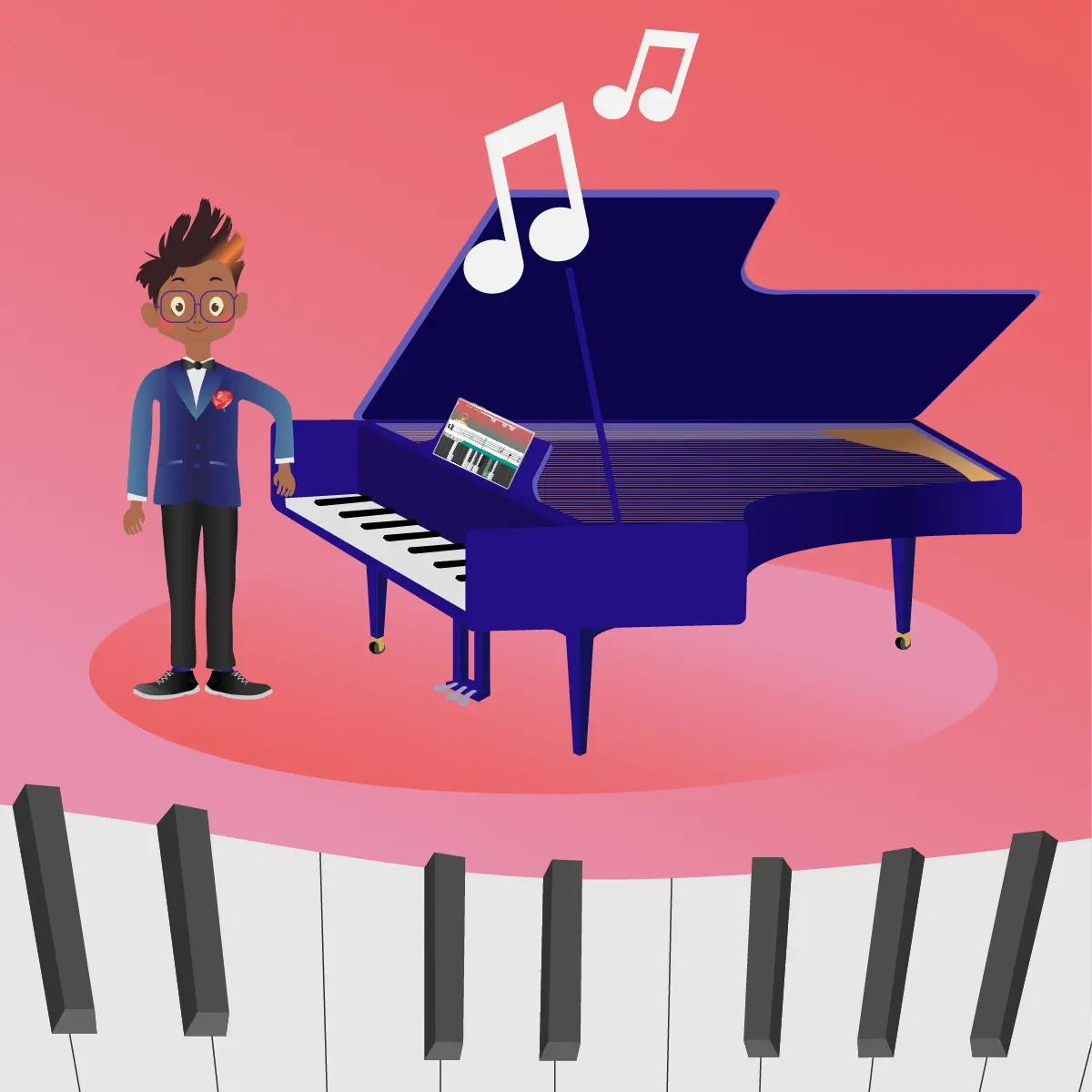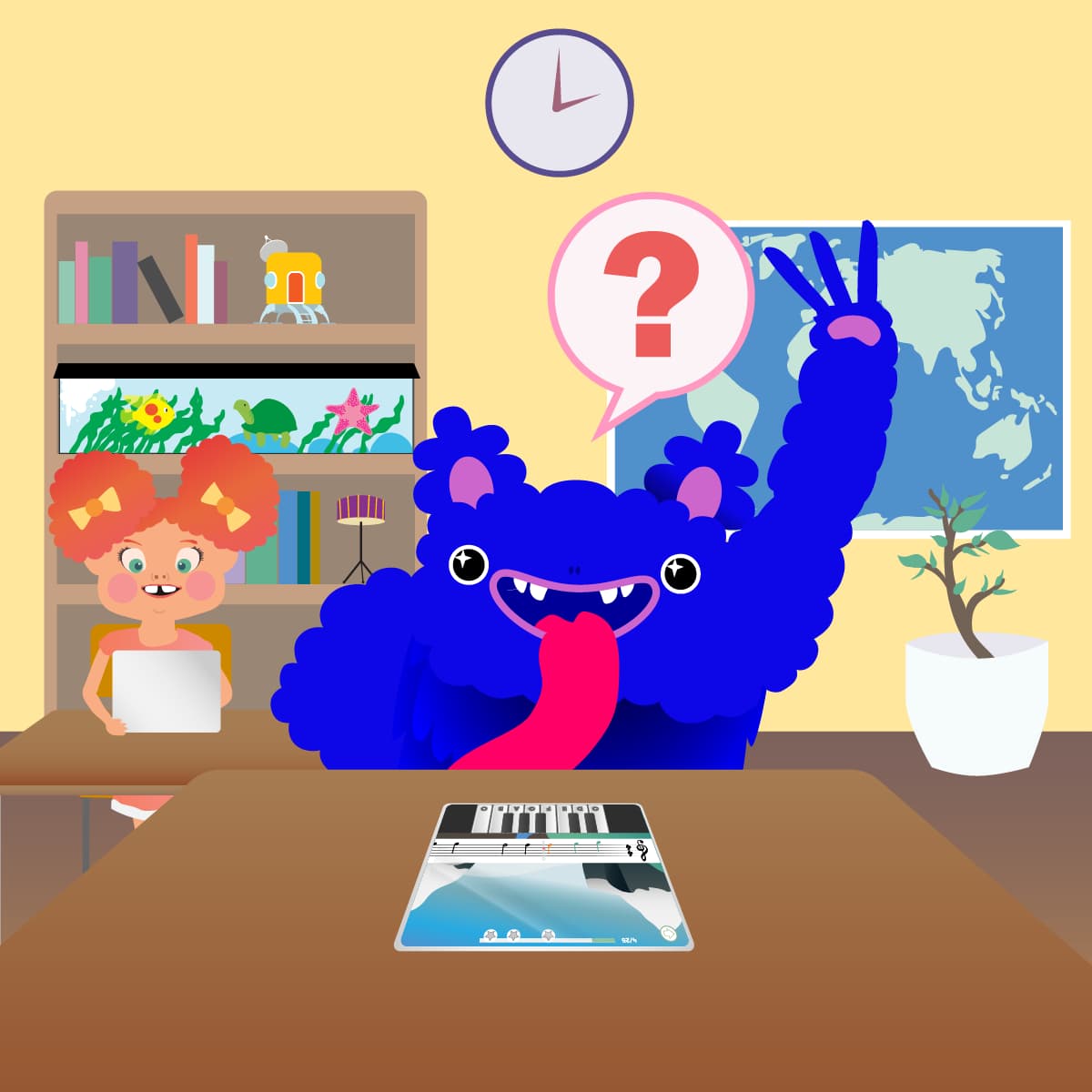By Arctic Meta,
Reading is an essential human skill that many people take for granted. It’s something that’s needed to function in everyday life. Without the ability to read, a person would struggle to read a map, understand the news, communicate with loved ones or even just do something as simple as getting money from a cash machine.
Reading is an essential skill, yet an alarming number of adults throughout the world don’t know how to or have limited ability. In the United States of America, it’s estimated that over 32 million adults cannot read. That’s almost 10% of the entire population.
It’s not just a problem in America; in Australia and an astounding 44% of the adult population cannot read at the level society expects of them.
Delving into these statistics will reveal that the majority of these adults are in the older sections of society. They went through their schooling at a time where education was less important, and most people completed formal education at around 14 or 15 to begin working to help support their families.
It’s not believed that future generations will have this same level of illiteracy because education systems have greatly improved in the last 50 years.
The importance of learning to read has led to a more educated and literate society, but how does it actually work? How do kids actually learn to read? Should parents introduce reading at a younger age? What are the benefits of reading to children? After all, kids are creative and schools are not.
How Do Kids Actually Learn to Read?

It’s generally accepted that children start learning to read around the time that they can differentiate alphabetic letters or combinations of them and associate those letters with sounds.
It might appear to be a simple process, but it’s actually quite complex.
Learning How Sounds Are Connected to Written Words

The process that children go through to connect sounds with written words is called phonemic awareness. This doesn’t come naturally to any child; this is a stage that all kids must go through in order to read.
This involves taking the alphabet and learning the different sounds that each letter makes. Then after some time, the child will learn what sounds can be made by combining different letters together.
The Steady Development of Reading Fluently

Once children have learned to associate groupings of letters with particular sounds, they are then able to see small words and accurately pronounce them. This is the first basic principle of reading.
It’s important to note, though, that just because a child can pronounce a word that is written in front of them doesn’t mean that they know what that word means.
At this stage in their reading development, all they are doing is associating letter values with sound. It’s entirely possible that a kid could read the sentence, ‘the cat sat on the mat,’ yet not actually know what any of it means.
Children Learn to Understand the Meaning Behind Words They Read

This is the stage where reading fluency really takes off. A child is able to recognise groups of letters that are formed into words.
They can turn those words into sounds depending on how the letters are orientated with each other. Then they can associate or derive meaning from these words.
This is the moment where a child is able to tell you that a cat is an animal, a mat is something that is on the ground and that the word ‘sat’ means that the cat took a rest and stopped standing.
There is an incredibly intricate process of cognitive function that goes into learning the meaning behind written words as children develop. A lot of this is visual and dependent on what things and experiences a child has had.
For example, it’s easy for kids to know the difference between the words’ cat’ and ‘dog’ because most of them have at least seen a picture of one.
However, most children wouldn’t be able to tell the difference between a donkey and a mule because they have probably never encountered the word mule, and understanding it would involve knowing that it’s an animal that’s the product of breeding a horse with a donkey.
Don’t Children Learn to Read the Way They Learn to Speak?

Infants are already on the road to learning to speak pretty much from day one. Obviously, it takes them a while to figure out how to use their ears effectively, but they at first start to distinguish sounds and even learn to associate voice tones with people familiar to them.
Over time they learn to speak by listening and repeating the sounds that they hear being made by grown-ups. They figure out the meaning of those words by carefully analysing the way they are used by the people around them.
Generally speaking, for the first two years of life, kids tend to focus on the most common words they hear around them, which is why so many kids who speak the same language tend to have similar first words.
Spoken language is also amplified by necessity as a child gets older. If they want something, they learn that asking for it is the easiest way to get it.
Speaking is a naturally developed skill, but reading is quite the opposite. Children don’t learn how to read by simply being exposed to written language. They need to be taught how to decode it. This makes complete sense when you think about the fact that human beings could speak long before we could write.
The Importance of Becoming Phonemically Aware

When learning to read English, it’s important to remember that to a child, no word or letter has any meaning until it is given to them.
They must go through a steady learning process to get to the point where they can begin to attach meaning to written characters.
Learning the Alphabet

To learn to read, the first step is to understand the characters that are used to communicate language.
This involves learning the relationship between the 26 letters of the English alphabet and forming a relationship to the sounds that each letter makes.
Development and Application of Phonics Skills

Continuing on from learning the sounds of the alphabet, a child will then need to learn how the letters of this character system can be used together to form simple sounds, also known as phonemes.
Even though the English alphabet only has 26 individual letters, there are approximately 44 different phonemes in the spoken form of the language.
After a child has begun to learn these, they will eventually be able to decipher the correct sounds to make when reading simple words. At this stage, most of the words are only one syllable and are usually things they are familiar with.
Learning to Read and Spell with Phonics Skills

Eventually, a child can put multiple phonemes together to form more complex words and associate meaning to them. They will also start to learn how to spell, which is quite a difficult transformation task.
They know the letter ‘A’ is pronounced ‘AY’ when spelling, but there are actually five different sounds this letter can make within a word.
Develop an Understanding of Syntax and Grammar
Grammar and syntax are the rules that a language follows to ensure the meaning is understood. This involves understanding the basic building blocks of sentences; knowing the difference between nouns, verbs, adjectives. It also involves word order and tenses.
This might come as a surprise, but the tenses in the English language go far beyond past, present and future. There are actually 12 verb tenses in English. To the annoyance of anyone who has had to learn English as a second language, the majority of native English speakers never really have to learn them specifically.
They can’t tell you what the difference between the present simple and present progressive is, but they know when to say ‘I ride a bike every day,’ and ‘I’m riding a bike right now.’
They learn these tenses instinctively from how they hear them used by older English speakers. So they can’t explain why they are using a particular tense, they just know it sounds correct.
By the time a native English speaking child is about 10 years old, they have a pretty good grasp of spoken grammar, but they often need formal instruction to make the link between the spoken and written language.
It takes time to learn that ‘am’ is the present form of the verb ‘to be’ in the present tense, and when using it in the past, it becomes ‘was.’
Testing and Expanding Children’s Vocabulary
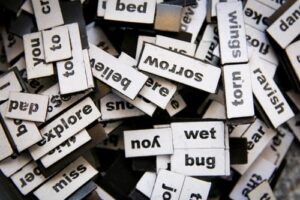
This can be a difficult stage in a child’s development, but it can also be fun and incredibly exciting.
Children instinctively want to mimic the adults they look up to, which is sometimes why they might repeat words their parents don’t want them to. Kids are also incredible sponges; they absorb new information much easier than adults do, and their information retention is impeccable.
At this time in their journey, it’s important to give them the tools to expand their vocabulary. They should be encouraged to have conversations, and if there is an opportunity to learn a new word, they should be given it.
For example, if a child tells their parent that they are excited about Christmas, a great follow up question could be, ‘what are some other words for excited?’
Assessing Children’s Reading Abilities Through Comprehension
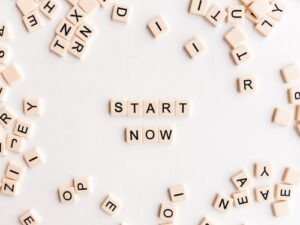
Assessing a child’s comprehension is very important because they are very resourceful. A child can read a sentence or passage phonetically without making any mistakes yet have no idea what they actually read.
They always aim to please those around them, and if pronouncing written words correctly will please a grown-up, they will do it with gusto, but it’s important to also ask them if they know what it means.
Consistently checking the level of comprehension a child has will ensure that they continue to get better and won’t fall behind.
How An Earlier Introduction to Literacy Helps Children Learn to Read

Studies have shown that the earlier a child has exposure to reading and literacy, the better they tend to excel at it when they eventually begin elementary school. It’s also believed that an early introduction to literacy tends to create high academic achievers.
Kids who start school with some form of literacy gain an advantage over their peers that normally stays with them throughout all of their schooling.
Is it Advantageous Reading to Children at a Young Age?
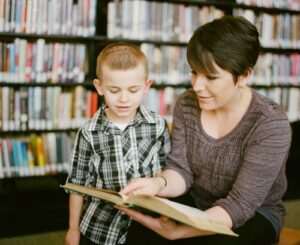
Most parents read to their children when they are young. It’s often a nightly ritual before bedtime and can be a great bonding activity that brings comfort to both the parent and the child, but does it actually do anything? Does reading to children when they are young actually have some advantages?
Developing Vocabulary From an Earlier Age
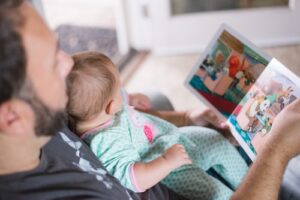
Reading to young children engages their imagination, but it’s also been shown to greatly increase their vocabulary. One recent study found that reading aloud to young children can increase their vocabulary by as much as 1.4 million words.
Encouragement For Children to Read

Reading together also helps to reinforce it as a habit that a child can do on their own. Kids love stories, in fact, their developing brains crave constant stimulation, and the act of reading can satiate that.
When a child begins to read on their own, they also have the chance to develop their comprehension without adult supervision. This involves using what they already know and combining it with new information to figure out the meaning.
Staying One Step Ahead of the Class

Reading at an early age has been shown to improve self-esteem, strengthen focus and develop critical thinking skills. All of these are essential in terms of student success in the long run.
Reading to kids at a young age is one of the easiest ways to give them the best competitive advantage for the future.
How Should Your Child’s School Teach Reading?

In the very beginning, phonics (the sounds of language) are very important. For most students, this should be the foundation of their reading journey at least till the second grade.
A school should be taking a structured approach to teaching kids how to read. They should be doing more than just helping kids learn to love reading or reading lots of books to them.
Any form of in-class reading should also be accompanied by some form of comprehension. From the very beginning of their schooling, children should have exposure to oral reading, comprehension, silent reading and writing.
What Should Schools Avoid When Teaching Reading?
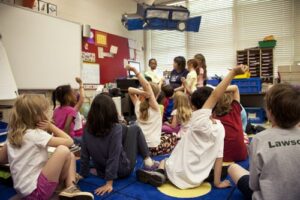
A general consensus among experts and educators is that children should always be encouraged to sound words out instead of just taking a guess.
This is so that there is a chance to correct any phonic mistakes they are making; it also gives another opportunity to give positive reinforcement.
Sounding out words helps kids to also learn how to blend sounds, which is necessary to effectively read longer and compound words in the future.
It’s also a good idea to avoid always giving visual cues when learning to read words. It’s helpful at the early stages of development but be careful that there’s not too much of a reliance on it.
How Learning Through Play Can Support Children’s Reading Abilities

When it comes to educating children, play is often an overlooked resource that can make incredible strides when used effectively.
Play has been shown to enrich the cognitive, emotional and social development of children and an environment that incorporates play and literacy has been shown to greatly enhance and improve reading skills.
To put it simply, kids love to play; it is the most normal thing for them to do besides love their parents. Any form of education that incorporates elements of play will be gobbled up by them faster than one that doesn’t.
There’s that old saying, ‘you catch more flies with honey than you do with vinegar,’ it couldn’t be more true than with educating kids.
Incorporating play into education doesn’t just work with literacy; it can be used in many other areas, too, like math and musical education.
Developing Listening and Speaking in Tandem with Reading and Writing

Oral language skills always develop much faster than written ones. In the early stages of development, kids depend on their listening and speaking skills to be able to form their reading and writing skills.
Over time these skills depend on each other less and less, but as they are developing, it’s a great idea to work on all four in tandem.
The stronger a child’s listening and speaking communications abilities are, the more tools they have to deconstruct and understand written communication.
Conclusion

As stated at the start of this blog, the ability to read is an absolute necessity for anyone who wishes to function in society. It’s something that was once viewed as a luxury for the rich but has now become one of the best skills to hone in order to learn as much as possible and set children up for the best advantages they can possibly have.
In previous years and decades, key development skills such as reading and writing required specific teacher – student interactions. But, with the advancements of Edtech and distance learning, children are developing faster and to a higher standard than ever before.
Introducing reading to children at a young age has a world of positive benefits, plus it’s also a great way to bond, imagine and create wonderful memories. So go get a book, open it and start giving your kids their best shot.




